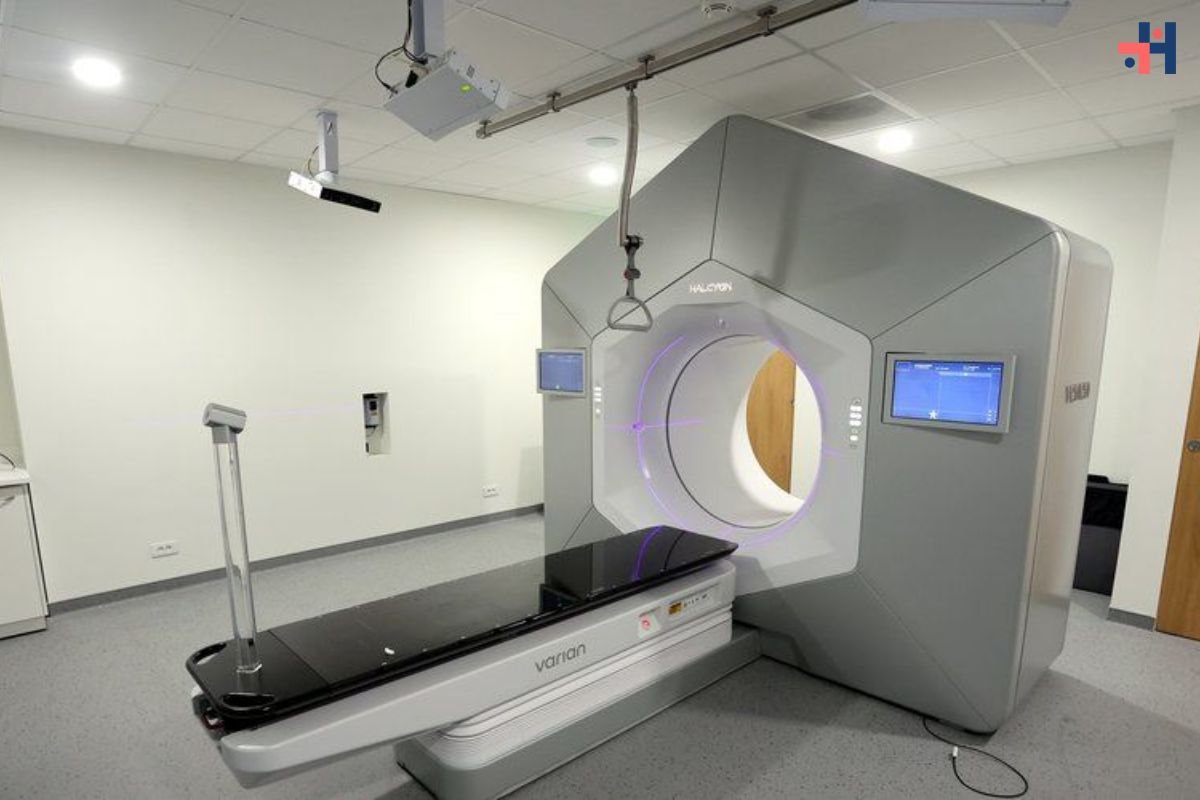The age-old practice of walking becomes a potent and easily available tool for improving both physical and emotional well-being in the fast-paced, technologically-driven society we live in. There are numerous health benefits of walking that go beyond its benefits as a simple cardiovascular workout. In this thorough investigation, we explore the many benefits that walking offers and how this straightforward yet powerful activity may change people’s lives.
Here are 15 health benefits of walking:
1. Cardiovascular Health:
Let’s commence our journey by acknowledging one of the most widely recognized benefits of walking – its profound impact on cardiovascular health. Engaging in regular walks contributes to improved heart health by enhancing circulation, reducing blood pressure, and lowering cholesterol levels. The rhythmic nature of walking stimulates blood flow, fostering a healthier cardiovascular system.
2. Weight Management:
The benefits of walking in the realm of weight management are substantial. Incorporating brisk walks into your routine helps burn calories, making it an effective tool for weight loss and weight maintenance. The simplicity of this activity makes it accessible to individuals of varying fitness levels, promoting inclusivity in the pursuit of a healthy weight.
3. Enhanced Mental Well-Being:
Walking is not merely a physical exercise; it serves as a powerful tonic for mental health. Regular walks have been linked to reduced symptoms of anxiety and depression. The rhythmic motion, exposure to nature, and the release of endorphins contribute to an improved mood and decreased stress levels, fostering a positive mindset.
4. Joint Health and Flexibility:

Contrary to high-impact activities that may stress joints, walking provides a low-impact yet effective way to maintain joint health. The rhythmic motion helps lubricate joints, preventing stiffness and promoting flexibility. It is an excellent option for individuals seeking a joint-friendly exercise that supports overall musculoskeletal well-being.
5. Boosted Immune System:
The benefits of walking extend to our immune system. Regular moderate-intensity walks have been associated with a strengthened immune response. Engaging in this low-stress exercise helps the immune cells circulate efficiently throughout the body, offering a natural defense mechanism against illnesses.
6. Improved Sleep Quality:
Walking contributes to improved sleep quality, a crucial aspect of overall well-being. The physical exertion and stress reduction associated with walking can alleviate insomnia and promote a more restful night’s sleep. Establishing a routine of daily walks can positively impact sleep patterns and enhance overall sleep quality.
7. Social Connection and Community Engagement:
Walking provides an opportunity for social connection and community engagement. Whether through group walks, walking clubs, or strolling with friends and family, this activity fosters a sense of camaraderie. The benefits of walking extend beyond the physical realm, contributing to a supportive social environment.
8. Cognitive Function and Brain Health:
The positive effects of walking on cognitive function and brain health are well-documented. Regular walks have been associated with enhanced memory, improved concentration, and a reduced risk of cognitive decline as individuals age. The increased blood flow and oxygen delivery to the brain during walking play a crucial role in maintaining cognitive vitality.
9. Regulated Blood Sugar Levels:

Walking serves as a valuable tool in managing blood sugar levels, making it particularly beneficial for individuals with or at risk of diabetes. The activity helps the body utilize glucose more efficiently, contributing to improved insulin sensitivity. Incorporating brisk walks into a routine can aid in regulating blood sugar levels.
10. Strengthened Muscles and Bones:
While walking is a low-impact exercise, it remains effective in strengthening muscles and bones. Weight-bearing activities, such as walking, contribute to bone density, reducing the risk of osteoporosis. Moreover, walking engages various muscle groups, promoting overall musculoskeletal strength and stability.
11. Increased Energy Levels:
Far from being a drain on energy, walking serves as an energy booster. The increased circulation and oxygen supply to tissues during a walk enhance vitality and combat feelings of fatigue. Incorporating short walks into the daily routine can be a powerful strategy to combat midday slumps and maintain sustained energy levels.
12. Digestive Health:
The benefits of walking extend to digestive health, as the gentle motion aids in the natural movement of the digestive tract. Walking after meals has been shown to enhance digestion and reduce bloating. This simple practice can be particularly beneficial for individuals prone to indigestion or gastrointestinal discomfort.
13. Healthy Aging:
Walking is a key component of healthy aging. The activity contributes to maintaining mobility, flexibility, and balance, reducing the risk of falls and injuries in older adults. Regular walks also support cardiovascular health, cognitive function, and overall well-being, promoting a fulfilling and active lifestyle as individuals age.
14. Environmental and Economic Impact:
Beyond personal well-being, the benefits of walking extend to the environment and economic factors. Choosing walking as a mode of transportation reduces the carbon footprint associated with motorized vehicles. Additionally, the economic burden of sedentary lifestyles, including healthcare costs, can be mitigated through the promotion of walking as a cost-effective preventive measure.
15. Customizable and Accessible Exercise:

One of the most remarkable benefits of walking is its accessibility and adaptability. Regardless of age, fitness level, or location, walking can be tailored to individual needs. From a leisurely stroll in a neighborhood park to brisk walks on a treadmill, the versatility of walking makes it a universally accessible exercise option.
Conclusion:
In conclusion, the advantages of walking demonstrate the all-encompassing influence that this straightforward yet significant activity may have on our health. Walking is a flexible and accessible tool for fostering a happier and more happy life, from weight management and cardiovascular health to mental health and environmental sustainability. Let this serve as a reminder that taking one step at a time can lead to well-being, even as we embrace the many benefits of walking.










